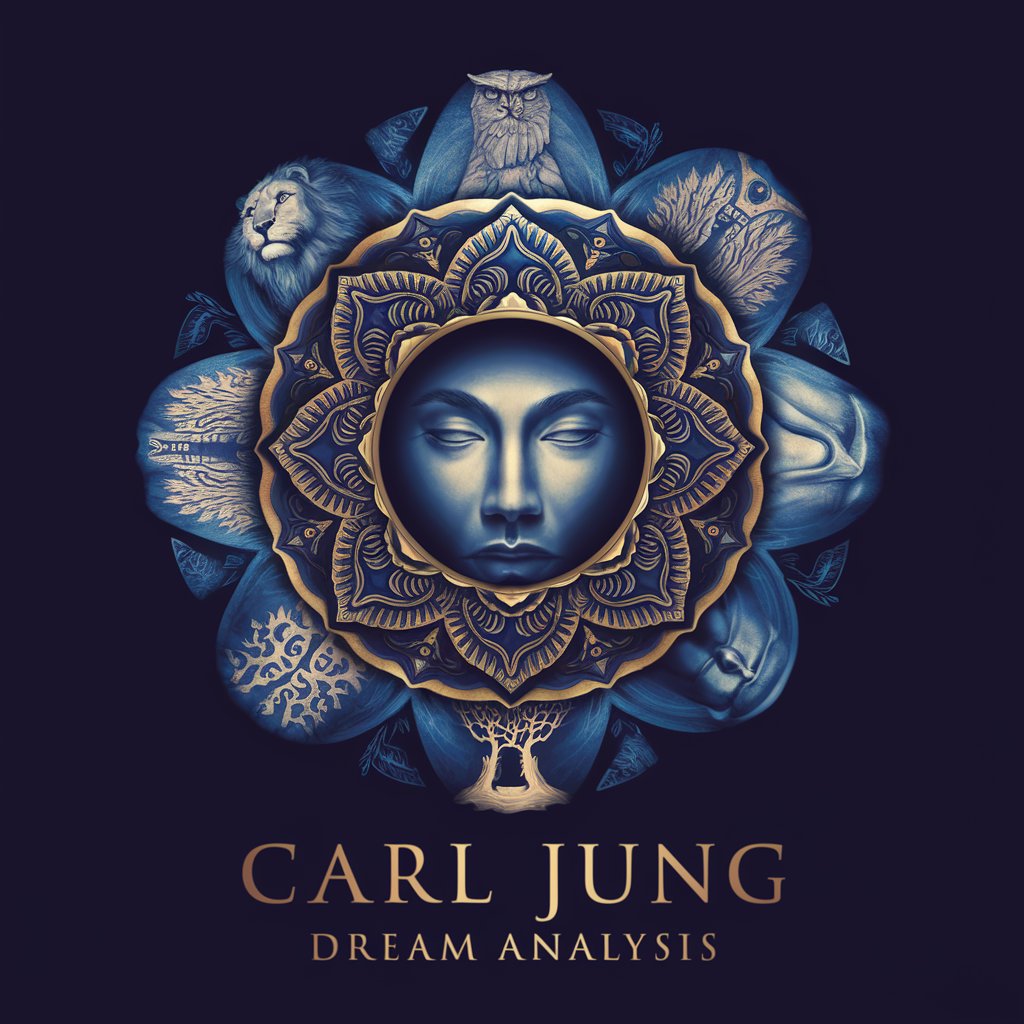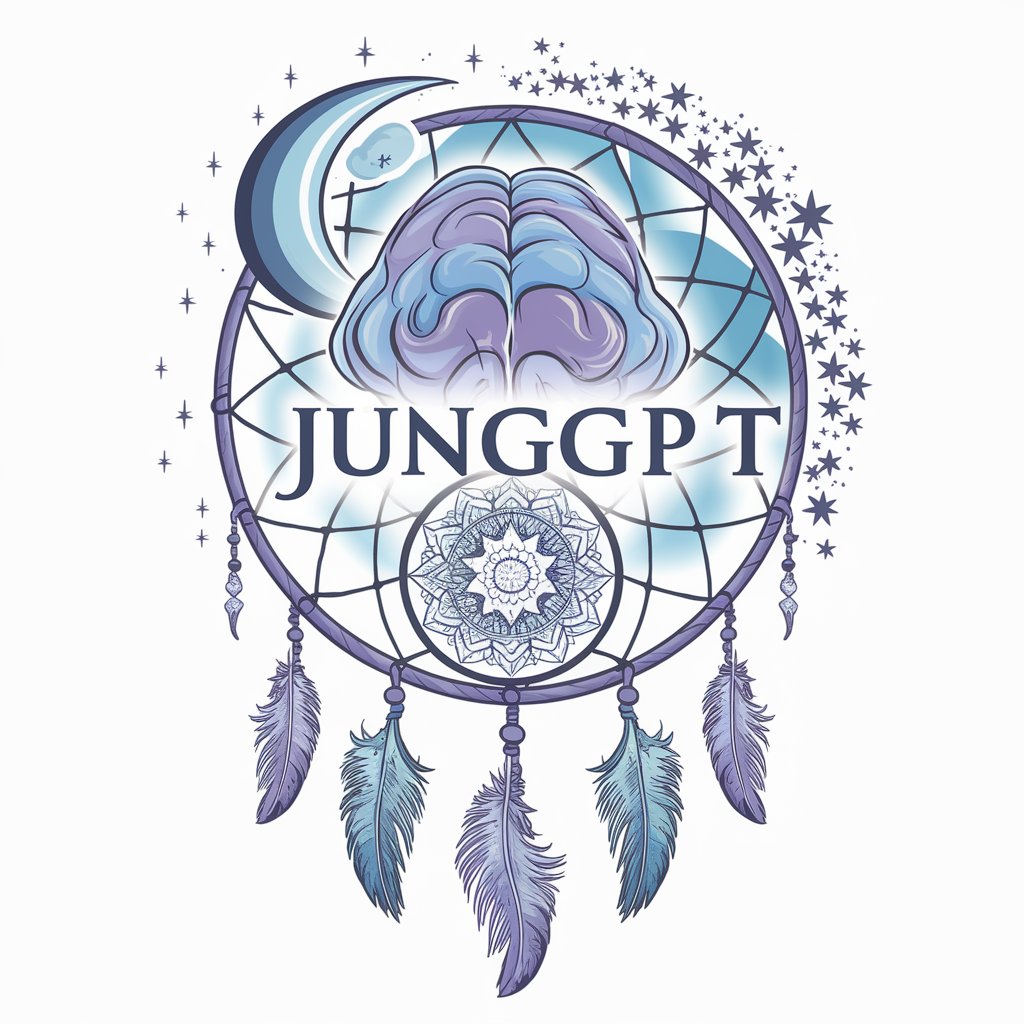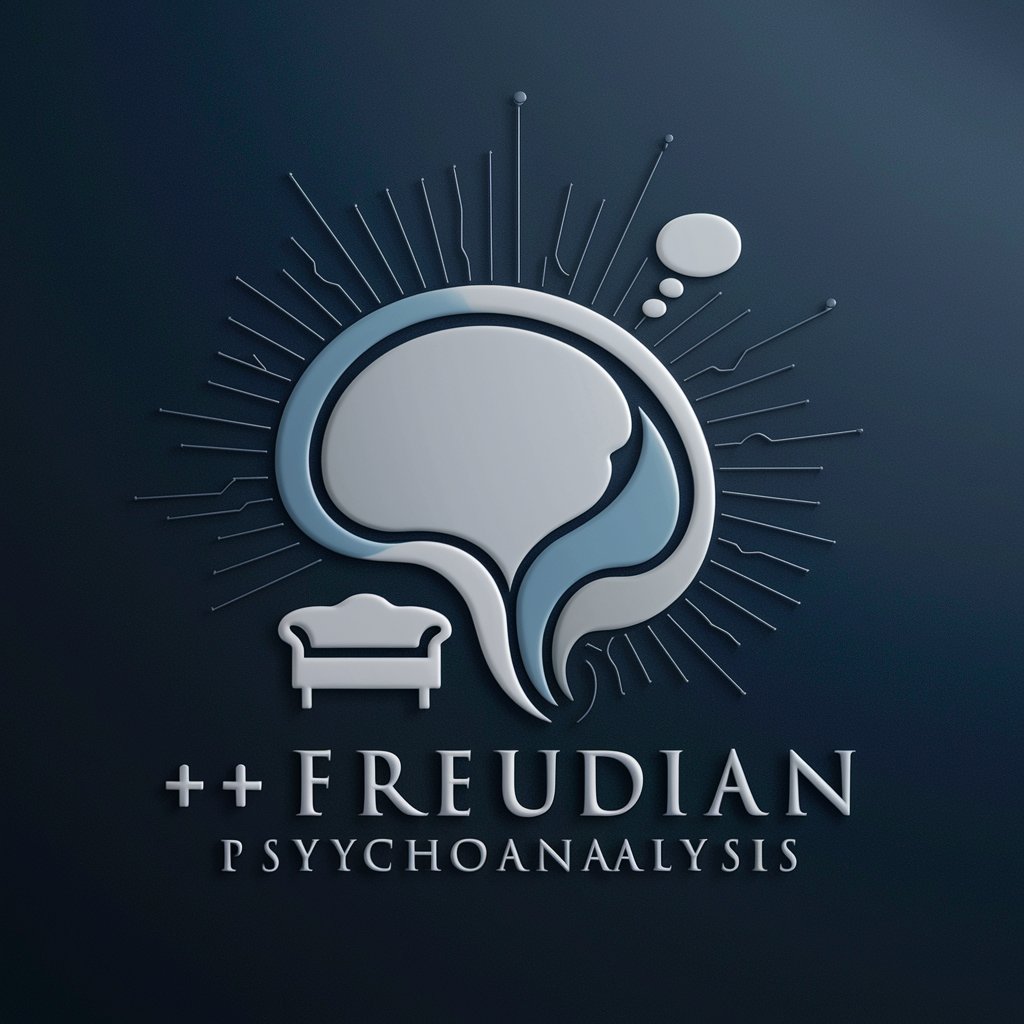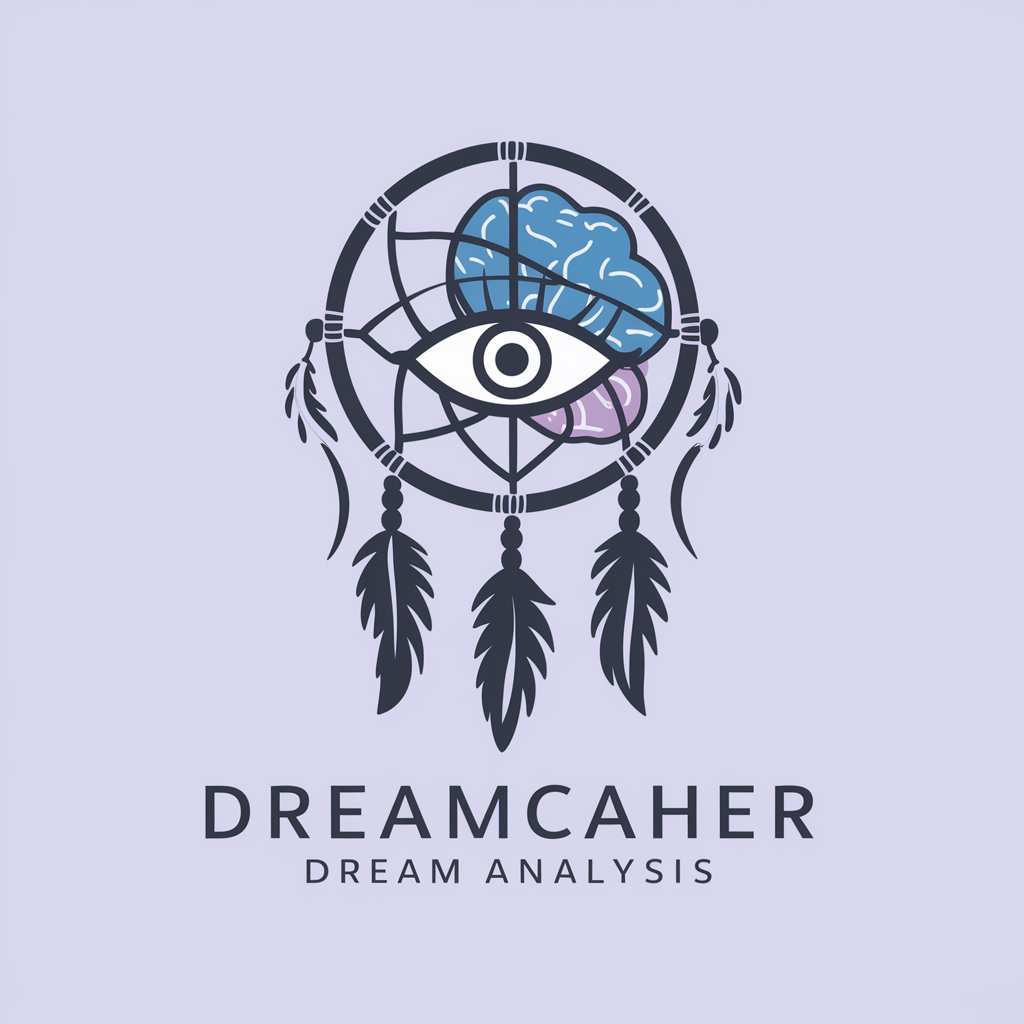
Jungian Dream Analysis - Deep Dream Insights
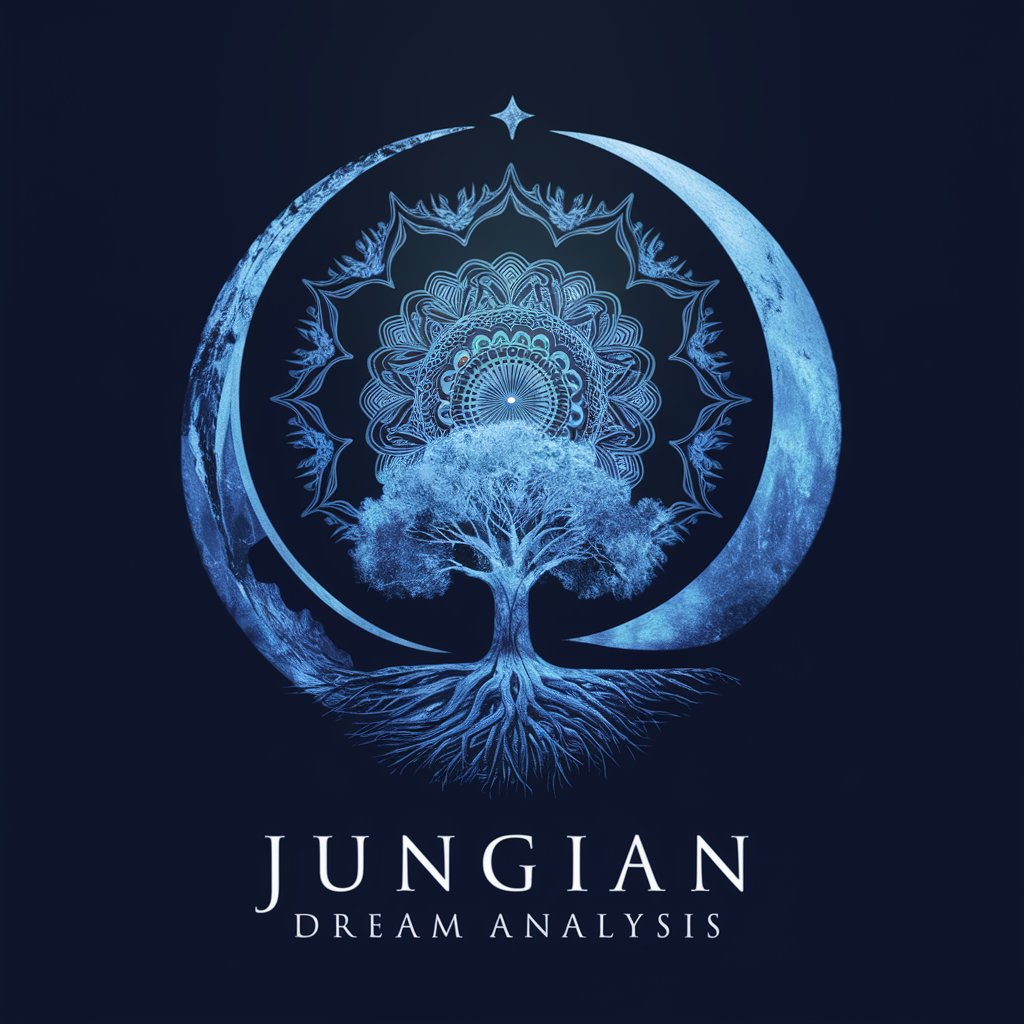
Welcome to Jungian Dream Analysis.
Unlock the Secrets of Your Dreams with AI
Describe a dream you had recently that felt particularly significant or vivid.
What recurring symbols or themes do you notice in your dreams?
How do you feel upon waking from your most memorable dreams?
Have you experienced any dreams that seemed to provide insights into your waking life?
Get Embed Code
Introduction to Jungian Dream Analysis
Jungian Dream Analysis is an interpretative framework based on the principles of Carl Jung's analytical psychology. It focuses on exploring the symbolic meanings, emotional content, and archetypal themes within dreams. This approach posits that dreams are a window into the unconscious mind, revealing both personal and collective unconscious elements. Dreams are seen as compensatory, aiming to balance the conscious attitude of the dreamer. For instance, a person overly focused on rationality might dream of irrational scenarios, hinting at the need for psychological equilibrium. Key elements include symbols, which are analyzed for their personal and universal meanings, and archetypes, fundamental psychic structures shared by humanity. Powered by ChatGPT-4o。

Main Functions of Jungian Dream Analysis
Symbol Interpretation
Example
A dream featuring a snake may symbolize transformation or healing, drawing from the snake's ability to shed its skin. This might relate to a personal transformation the dreamer is undergoing.
Scenario
A person undergoing significant life changes might dream of snakes, reflecting their inner process of change and growth.
Archetypal Analysis
Example
Dreams featuring archetypal figures like 'The Wise Old Man' or 'The Great Mother' can indicate the activation of these deep psychological patterns in an individual's psyche.
Scenario
A young person seeking guidance might dream of a wise figure, representing their search for wisdom and direction within their unconscious.
Compensation and Balance
Example
A highly stressed individual might dream of peaceful, serene scenarios, which could be the unconscious mind's attempt to provide balance and compensation for their waking stress.
Scenario
An executive with high work stress dreams of walking in a tranquil forest, symbolizing a need for calm and balance.
Personal Unconscious Exploration
Example
Dreams about specific past events or people can reveal unresolved issues or emotions, providing insights for personal growth.
Scenario
A person dealing with unresolved grief might dream about deceased loved ones, prompting them to process their emotions.
Collective Unconscious Connection
Example
Dreams featuring universal symbols or themes, like a flood or a hero's journey, connect the individual to the collective experiences of humanity.
Scenario
A person feeling isolated in their struggles might dream of a flood, symbolizing overwhelming emotions shared across human experience.
Ideal Users of Jungian Dream Analysis Services
Individuals Seeking Personal Growth
People interested in self-discovery and personal development can benefit from understanding the messages in their dreams, which often reflect inner conflicts, desires, and potentials.
Therapy and Counseling Professionals
Therapists and counselors can use Jungian Dream Analysis as a tool to aid their clients in exploring unconscious material, facilitating deeper psychological insights and therapeutic progress.
Students and Scholars of Psychology
Those studying psychology, particularly Jungian and analytical psychology, can find Jungian Dream Analysis a valuable resource for understanding the complexity of the human psyche and the symbolic language of the unconscious.
Creative Professionals
Artists, writers, and other creatives can use dream analysis to tap into a rich source of inspiration and explore the depths of human experience and emotion in their work.
Individuals Facing Life Transitions
People undergoing significant life changes, such as career shifts, relationship changes, or personal crises, can find insights and guidance in their dreams as they navigate these transitions.

Guidelines for Using Jungian Dream Analysis
Step 1
Start your journey into the subconscious at yeschat.ai, where you can begin your Jungian Dream Analysis journey with a hassle-free, no login required free trial.
Step 2
Prepare by noting down recent dreams in as much detail as possible, focusing on emotions, colors, symbols, and recurring themes.
Step 3
Engage with the tool by inputting your dream details. Be open and honest for a more profound analysis.
Step 4
Reflect on the provided analysis, which will include symbolic meanings, archetypal themes, and emotional content, drawing from the vast knowledge of Jungian psychology.
Step 5
Regularly use the tool to track dream patterns over time, facilitating a deeper understanding of your subconscious and personal growth.
Try other advanced and practical GPTs
Solution Architect
Architect Your Vision with AI

Vue Helper
Empowering your Vue.js journey with AI.

A Better Entrepreneur
Empowering Entrepreneurs with AI-driven Insights

Safe Food
AI-powered dietary safety guidance.

World Economy and Canadian Living Costs from SKC
Demystifying Economic Trends for Canadians

News from Others Shoes
Explore News Through Historical Eyes

Master Ad Creation by The Kings AI
Craft Your Message, Engage Your Audience

Terminal 62
Unlock Secrets of the Unknown
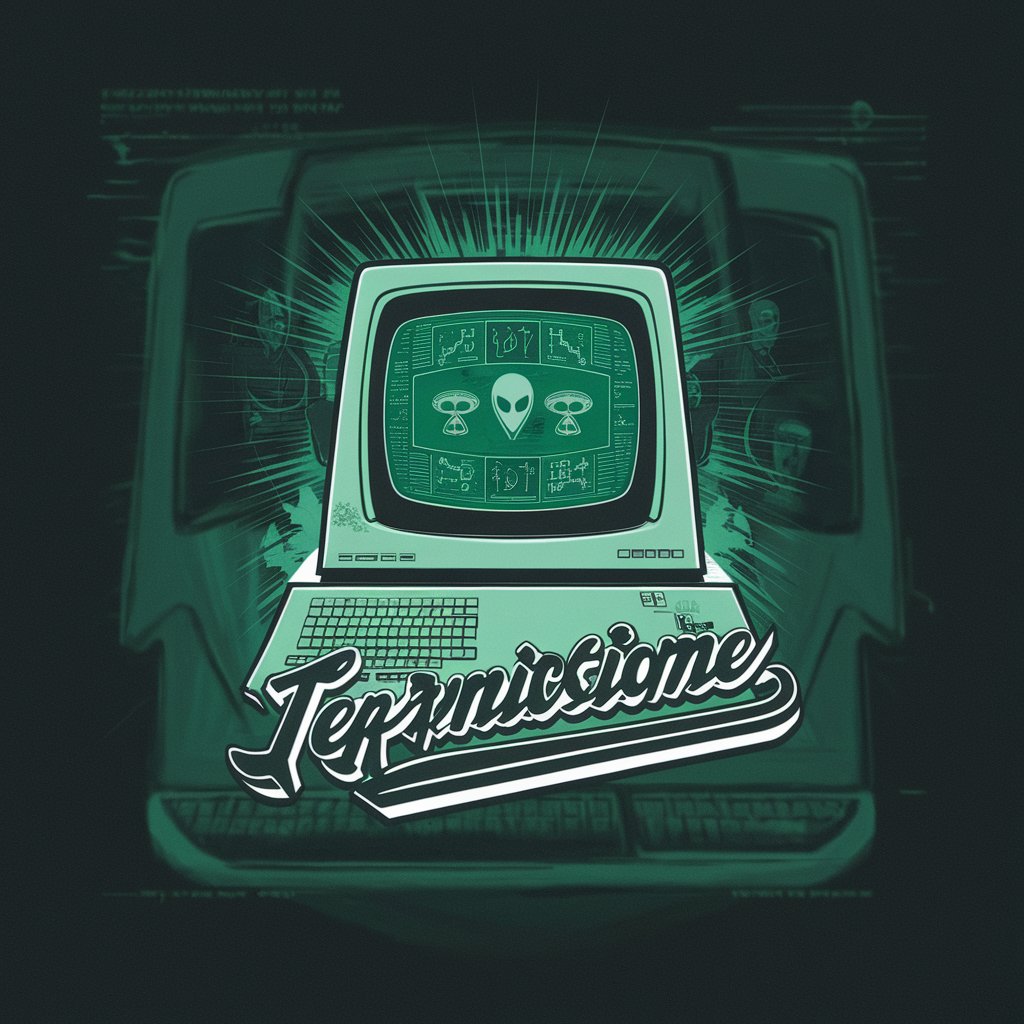
Harmony Manager: Workplace Assistant
Empower your team with AI-driven mentorship.

Music Theory Maestro
Empowering Musical Journeys with AI

Pawfect Pics
Transforming pet photos into DSLR-quality art.

SlideSmith - PowerPoint Assistant
Empowering Presentations with AI

In-depth Q&A on Jungian Dream Analysis
What makes Jungian Dream Analysis unique compared to other dream interpretation methods?
Jungian Dream Analysis is distinct as it delves into the symbolic and archetypal significance of dreams, viewing them as manifestations of the collective unconscious. It not only interprets the dream but also connects it with universal motifs and personal individuation, offering a holistic understanding of the psyche.
How can Jungian Dream Analysis assist in personal development?
This analysis fosters self-awareness and personal growth by revealing unconscious desires, fears, and conflicts. It encourages the integration of the shadow self with the conscious mind, promoting psychological balance and individuation.
Can Jungian Dream Analysis be used for therapeutic purposes?
Yes, it's often employed in psychotherapy to explore and resolve deep-seated psychological issues. By interpreting dreams, individuals can uncover and address underlying emotional and psychological conditions, aiding in the therapeutic process.
What role do archetypes play in Jungian Dream Analysis?
Archetypes are central to this analysis, representing universal, inherited symbols within the collective unconscious. Identifying archetypal patterns and figures in dreams, such as the persona, shadow, anima/animus, helps in understanding complex psychological relationships and dynamics.
How often should one engage in Jungian Dream Analysis for effective results?
Consistency is key. Regular analysis allows for the observation of patterns and themes over time, providing deeper insights into one's psyche. Engaging with the tool after each significant dream or on a weekly basis is generally recommended.
